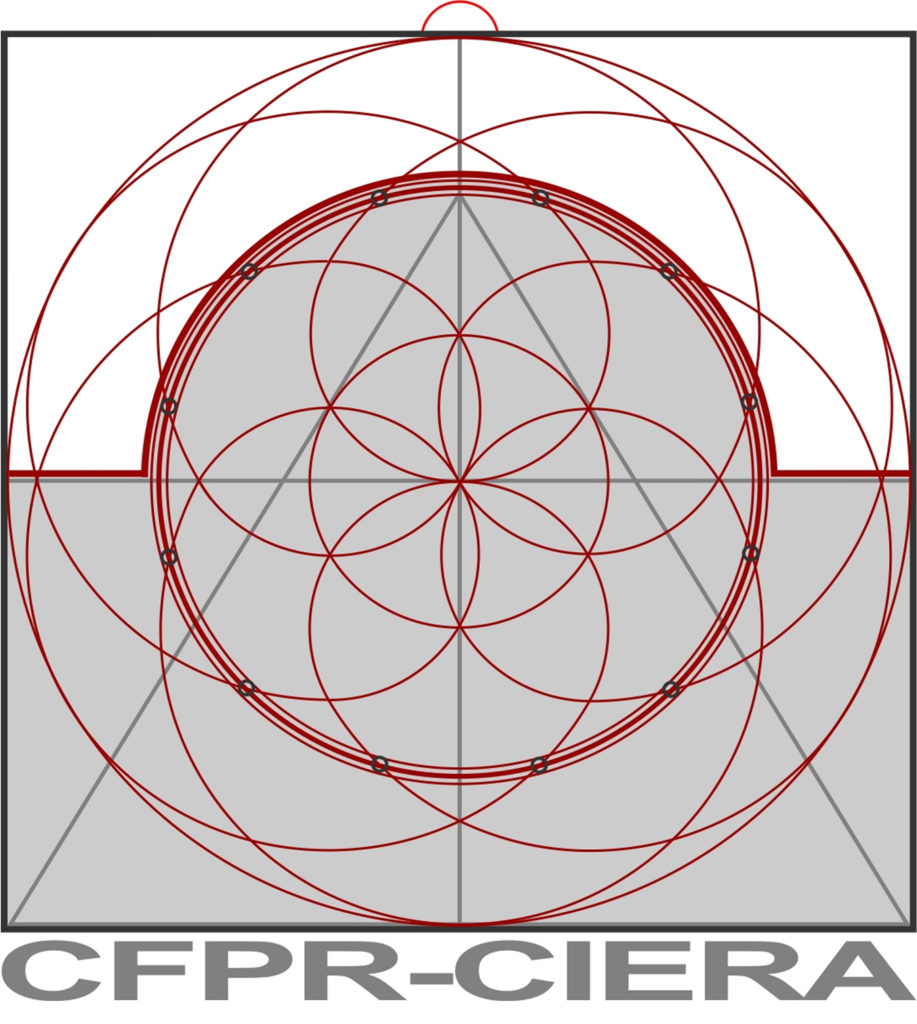The CFPR-CIERA was founded by Prof. Giuseppe Fanfoni (Rome University -La Sapienza-).
1975. Start of training activities in Cairo (Cairo University).
1984. Organization of the CFPR, work site-school (Egyptian Antiquities Organization EAO & MAECI Italian Ministry of Foreign Affairs).
1988. Executive protocol, Italy-Egypt, signed in Cairo on February 9, 1988 for the realization of the “Italian-Egyptian Center for Restoration and Archeology”. (CIERA inauguration, on 28-07-1988).
1990. Registration of the Professional Training Center for Restoration (CFPR) as an NGO. Rome, 22-02-1990.
1994. Registration of the CFPR at the Ministry of University and Scientific and Technological Research (Rome, 23-03-1994).
2008. Memorandum of Understanding, Italy-Egypt, for the institutionalization of the “School for the conservation and restoration of buildings and monuments”, in the complex of the Mevlevi Dervishes in Cairo (26-10-2008).
- IEDS-CIERA Project Implementing Agreement on November 26, 2016 of the Ministry of International Cooperation and Italian Embassy (CP of MoTA 11-02-2020)
Acknowledgments:
-“Aga Khan Award for Architecture” nomination 1989. Architect’s record of Mevlevi Sama’khana Conservation.
Merit Award of the General Union of the Arab Archaeologists, assigned by the Arab Council of the Union of Arab Universities in 2007.
–Bronze Medal of the Italian Republic Senate. 2008, President Lamberto Dini.
–“Rotondi Prize 2012, Saviour of the art, World Section”.
The activities referring to CIERA began in Cairo in 1976.
In particular, the folliwing educational programs have been carried out:
- in the years 1976-84, theoretical-practical lessons taught, as work site-school, by prof. Giuseppe Fanfoni for the new degree course in Restoration of the Faculty of Archaeology of Cairo University took place;
- in 1984-88, under the direction of Prof. Fanfoni and participation of various Italian experts a vocational training course in restoration and archaeology was held for the SCA staff, financed by the Directorate General for Co-operation to Development (DGCD) of the Italian Ministry of Foreign Affairs;
- in 1988-91 a activity was held for the stabilization of CIERA as “work-site-school of specialization” for restoration and archaeology, with the executive protocol on February 9, 1988 between Egyptian and Italian Governments;
- since 1988 until today, CIERA collaborated in the creation of courses or departments for restoration in the universities of Helwan, Qena, Alexandria, Tanta and Kafr El Sheikh, giving its assistance to master and doctor degree thesis concerning the field of CIERA activities;
- from 1992 to 1998, with a specific agreement, a specialization program was carried out for the SCA staff;
- in 1995-99 CIERA held a theoretical-practical program for the students of Tanta University promoted by Egyptian Ministry for International Cooperation (MIC, agreement signed on July 30, 1995);
- 1996-2000, CIERA – Applied Technologies for Restoration and Conservation of monuments “Mediterranean Project: Research and Training for Third Countries” Italian National Research Council (CNR, SMED – CFPR).
- from 2002 to 2008, the “Program for the Professional Training for Restoration and Archaeology”, promoted by the DGCD, has been carried out, within CIERA Project: “Recovery of the Mevlevi Architectural Complex” (Takiyya Mevlevi, Hassan Sadaqa Mausoleum, Qusun-Yashbak-Aqbardi Palace), by the contribution of the Ministry of Productive Activities (law 212/92)
- in 2008, thanks to the Memorandum of Understanding of the 26th October (henceforth MoU) signed by the Egyptian and Italian Governments, CIERA increased its activities of cultural diffusion through national and international congresses and exhibitions in the restored spaces of the Mevlevi convent, in collaboration with the Italian Embassy in Cairo, UNESCO Cairo Office and Egyptian, Italian and international Institutions.
- IEDS-CIERA “Vocational Training of Arts and Craft for Monuments Restoration” Project Implementing Agreement on November 26, 2016 of the Ministry of International Cooperation and Italian Embassy (CP of MoTA 11-02-2020)
Buildings involved in the restoration activities.
The activities originated in 1976 for the recovery of the sama’khana of the Mevlevi Dervishes, with the promotion of prof. Carla M. Burri director of the Italian Institute of Culture and prof. Abdel Rahman Abdel Tawab director of the Egyptian Antiquities Organization.
Since 1978, all the educational programs have been linked, by means of the work-site school, to the restoration and conservation activities carried out over an area of about 10.000 m2 near the mosque of Sultan Hassan, at the foot of Cairo Citadel in the district of Hilmiyya, gradually recovering the buildings which represent today the operative center of CIERA. In particular:
- in 1988 CIERA has accomplished the recovery of the sama’khana, a specific architectural typology, designed for the sama’, the rite of the Mevlevi Derwishes;
- from 1998 to 2002 the recovery of the madrasa of Sunqur Sa’di has been carried out. The restoration involved archaeological excavations below the sama’khana, which was built using part of the structures of the madrasa itself;
- in 2003-2008 CIERA accomplished the restoration of:
the mausoleum of Sunqur Sa’di (known as Hasan Sadaqa), whose marble cenotaph was discovered;
the cells of the Mevlevi convent, in front of the sama’khana;
the reception spaces in the wing of the convent along Shari Es-Suyufiyya.
In all these works Egyptian partners have been: SCA and the Universities of Cairo, Alexandria, Helwan, Qena, Tanta, Kafr El Sheikh.
Italian partners, contributing with the professional experience of their experts, have been the Italian “State Institutions of Art” (Roma I, Roma II, Anzio and Marino), the Italian National Research Council (CNR), Universities of Rome “La Sapienza”, Naples “L’Orientale”, Venice Architecture University “I.U.A.V.”, Scientific laboratories of the Vatican Museums, Architecture University of Politecnico di Bari, the Central Institute for Restoration (ICR) and many experts of Institutions of the Ministry of Cultural Heritage, as well as ICCROM.


